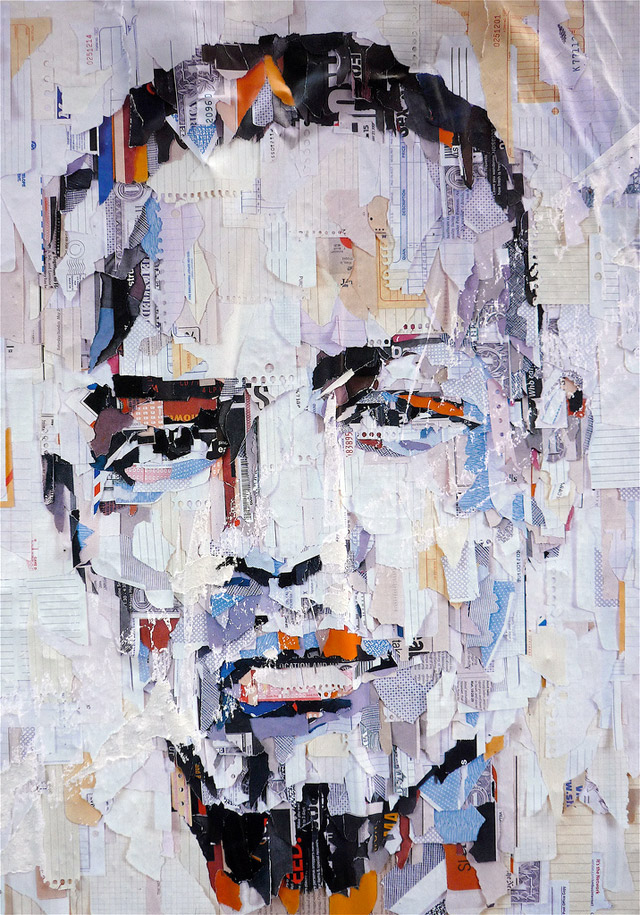The idea for Cubes came to the Dutch artists, Lernert & Sander, when newspaper de Volkskrant commissioned them to take a photo for a food-related feature. The only guidance the newspaper gave was that the work had to be tied to food. But, “food is an overwhelming subject,” Lernert said. “You can go so many different ways. How can you photograph something when you can’t decide?” So they did the only thing that could be done: make all of the food seem equally important by cutting everything into uniform pieces, he said.
As for the rationale behind which food they chose to use for the cubes? That was determined by what they could find in local grocery stores and shops. And the foods couldn’t be processed, at least in the traditional sense. “We realized that if you cut up everything, it has this nastiness of everything becoming processed,” explained Lernert. “That’s the inside story.”
(via bonappetit.com)
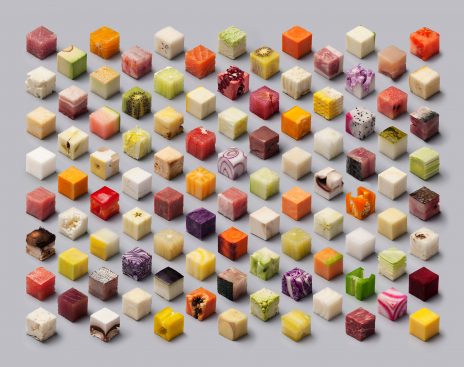
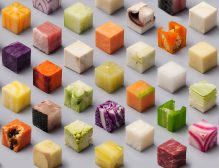
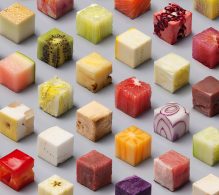
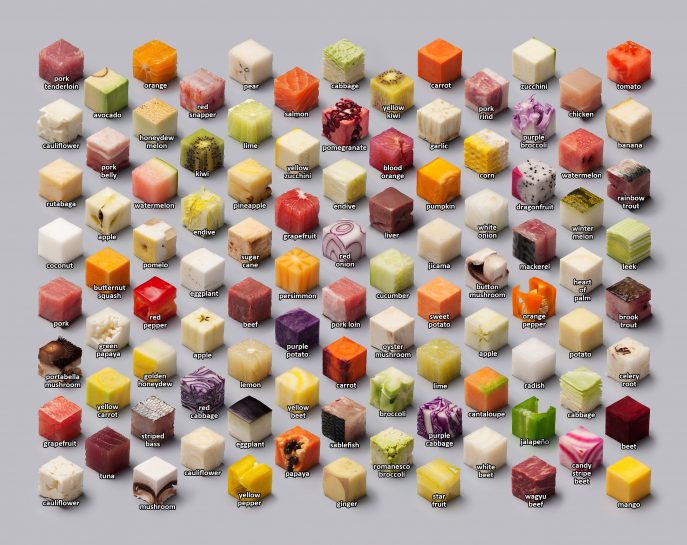
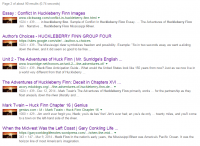
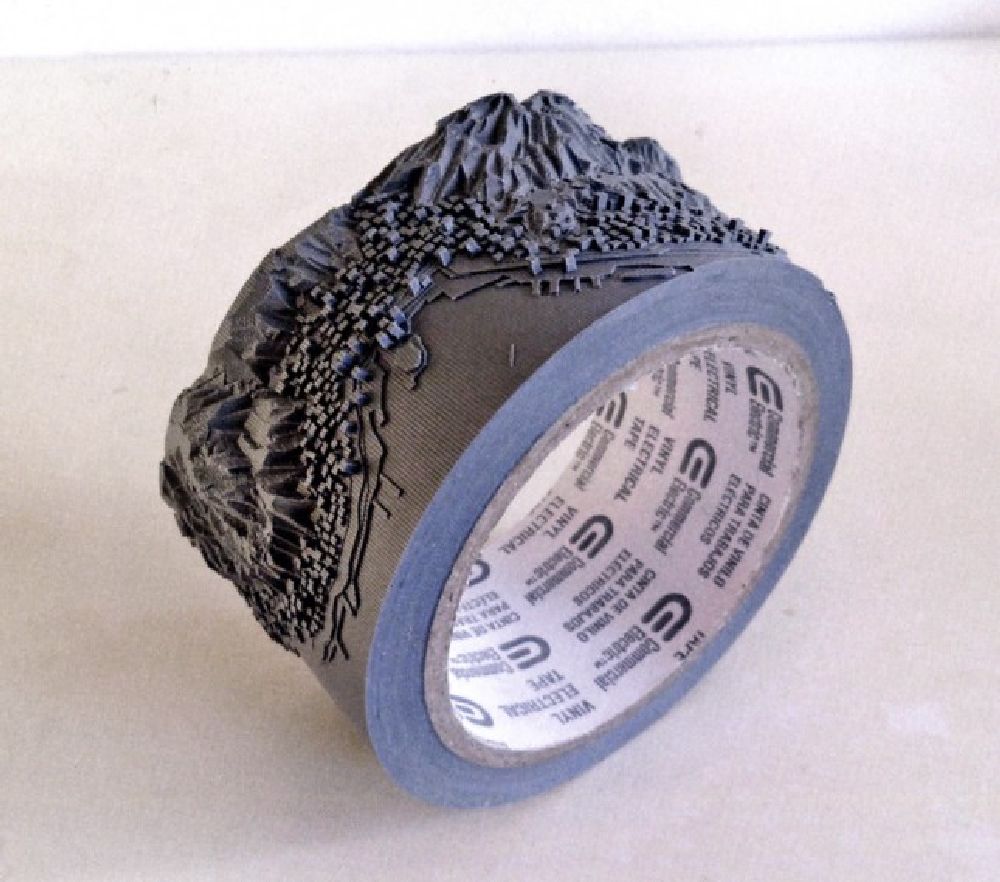
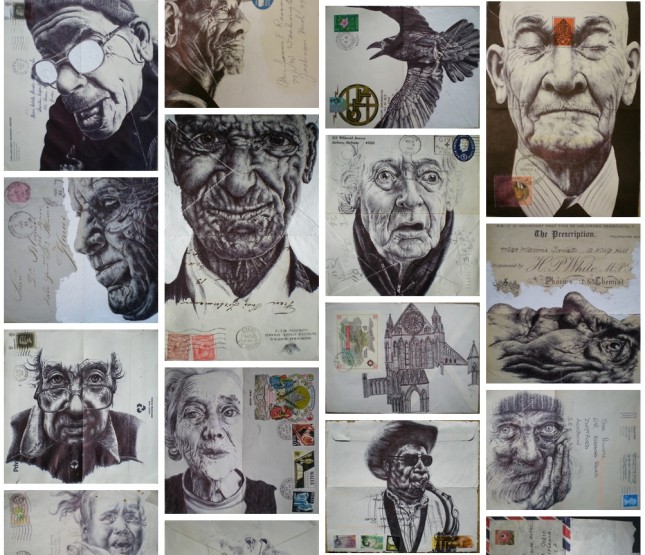
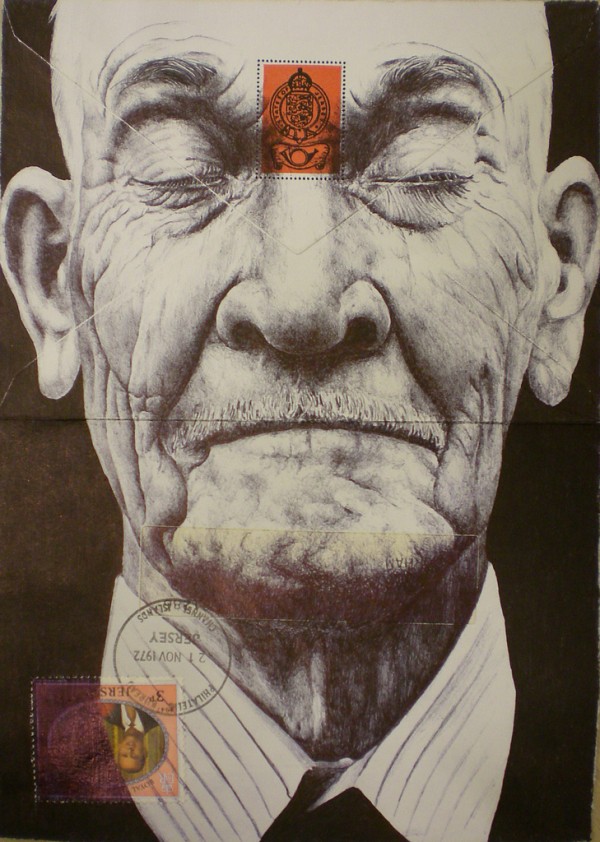
![adhesive-tape-art (7)[2]](https://don.citarella.net/wp-content/uploads/2010/08/adhesive-tape-art-72-645x485.jpg)
